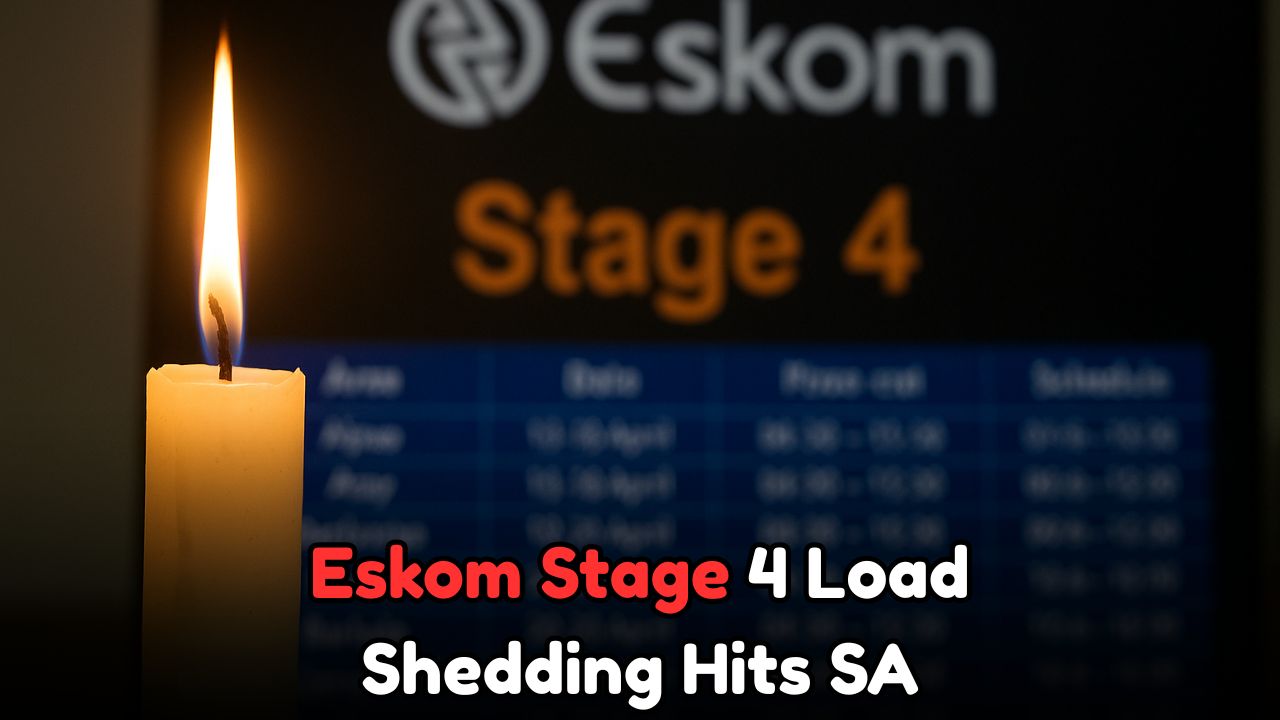
As the nation grapples with ongoing energy challenges, Eskom has officially confirmed the implementation of Stage 4 load shedding. This latest development underscores the persistent strain on South Africa’s power grid and the necessity for more rigorous energy-saving measures. According to Eskom, Stage 4 load shedding means that consumers can expect power outages up to four times a day, lasting for two hours at a time. These blackouts are scheduled based on specific areas and time blocks to ensure equitable distribution of power interruptions. The utility provider cited generation constraints and the need for urgent maintenance at several power stations as the primary reasons for the intensified load shedding. This has caused widespread concern among businesses and households, who must now adjust their routines to cope with the frequent outages. While Eskom assures the public that teams are working around the clock to restore stability, the company also urges consumers to reduce electricity usage wherever possible to help alleviate pressure on the grid.
Understanding the Impact of Stage 4 Load Shedding
Stage 4 load shedding is among the most disruptive levels of power rationing currently implemented in South Africa. Under this schedule, the likelihood of multiple power cuts throughout the day increases significantly, impacting not only residential areas but also industries, healthcare facilities, and educational institutions. This level of load shedding typically occurs when Eskom experiences a shortage of over 4,000 megawatts from the national grid. The loss of power has a cascading effect on daily life, affecting everything from cooking and working to access to internet and communication systems. For many, the constant interruption is more than just an inconvenience—it disrupts economic activity and compromises public safety, especially during nighttime blackouts. Eskom has encouraged municipalities to keep the public informed through updated schedules and local apps. Citizens are also advised to invest in backup solutions like generators, solar systems, or power banks to manage these frequent outages effectively.

Area-Wise Load Shedding Schedule Released
To better manage expectations and assist in planning, Eskom has released a detailed area-wise load shedding schedule. This document outlines the specific time slots during which various regions across the country will be affected by power cuts. It is structured to rotate the outages fairly, ensuring that no single community bears the brunt of the blackouts repeatedly. Municipalities and regional distributors are playing a key role in disseminating this information through online portals, social media channels, and SMS alerts. The schedule is dynamic and may change depending on demand fluctuations or technical breakdowns. Therefore, citizens are encouraged to regularly check updates to stay informed. In urban areas, the schedule aims to minimize disruption during peak business hours, while in rural regions, outages are staggered to avoid extended downtimes. With this proactive approach, Eskom hopes to improve transparency and reduce frustration among consumers while the underlying issues are addressed.
How Businesses Are Adapting to Frequent Outages
In response to the escalating stages of load shedding, businesses across South Africa are implementing various adaptive strategies to maintain operations. Many enterprises, especially in the retail and manufacturing sectors, are turning to alternative energy sources such as solar panels and diesel generators to keep their facilities running. Others are modifying work hours, allowing employees to work flexible shifts that align with power availability. Tech companies are investing in cloud infrastructure and battery-powered systems to safeguard their data and maintain connectivity. Small businesses, however, face greater challenges due to limited resources, often experiencing a decline in productivity and revenue. Despite these difficulties, the private sector remains resilient, continuously seeking innovative solutions to mitigate the impact of electricity shortages. Collaboration with local governments and energy consultants has become more common, as firms strive to stay ahead of the curve and ensure business continuity amidst persistent load shedding.

Public Response and Calls for Long-Term Solutions
The public’s reaction to Eskom’s confirmation of Stage 4 load shedding has been a mixture of frustration, resignation, and activism. Many citizens have taken to social media to express their dissatisfaction with the utility provider and call for greater accountability from the government. Civic organizations and community leaders are urging for a long-term plan that includes investment in renewable energy, expansion of energy infrastructure, and the reduction of reliance on aging coal-fired power plants. There is also growing support for the deregulation of the energy market to allow more private players into the sector, thereby increasing competitiveness and innovation. On a grassroots level, communities are organizing local forums to share resources and solutions for coping with the outages. While the immediate situation remains difficult, there is a growing awareness that systemic change is needed to resolve South Africa’s energy crisis in a sustainable and equitable way.






